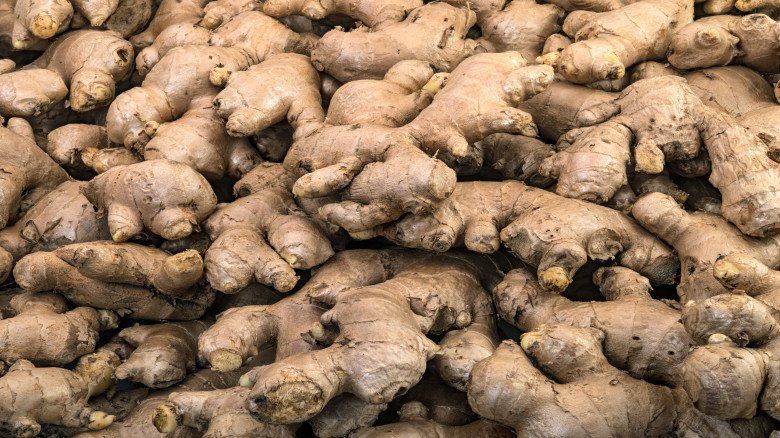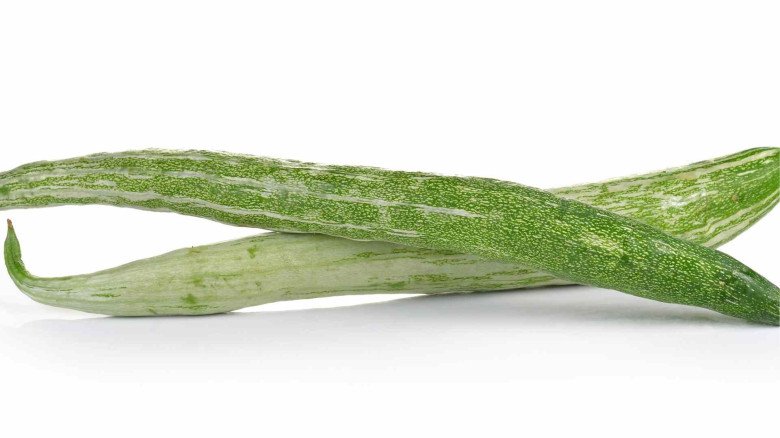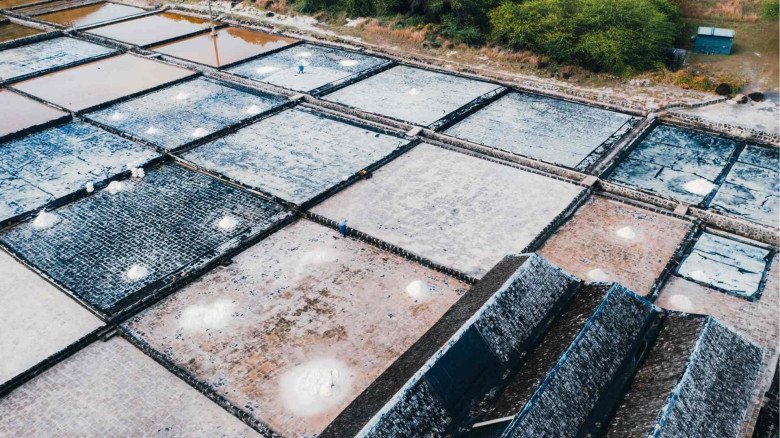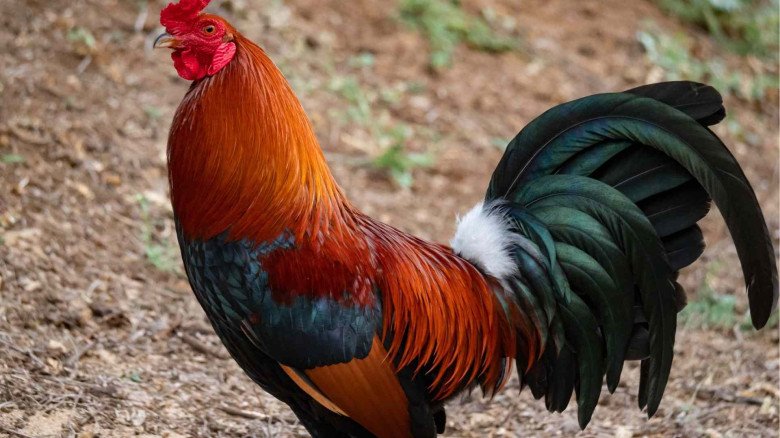Cotton Farming Advances Toward a Sustainable Future with Ongoing Improvements
Land and water are essential for cultivating any sort of crop, yet cotton may be grown with relatively little of each resource. In comparison to earlier decades, cotton plants are healthier, need less water and land, and have less of an adverse effect on the environment because to advancements in seed types and contemporary agricultural practices. In actuality, there has been a 30% decrease in land use as a result of American cotton farmers currently growing nearly twice as much cotton as they did on the same area of land in 1980. Just 0.6% of the world's agricultural land is used for cotton production.
Did you know that the majority of cotton farmed in the United States is grown only using rainfall? Furthermore, half of the world's cotton production is dependent only on rainfall. In actuality, cotton is grown using just 3% of the agricultural water available worldwide. Typically, cotton doesn't require irrigation to develop into the popular and useful fibre we use since it is a heat- and drought-resistant crop. An acre of ordinary lawn grass really requires more water to grow than an acre of cotton.
Moreover, cotton is grown in rotation with crops like soybeans and peanuts, which improve soil quality and reduce the need for fertilizer. In the winter, cover crops such as wheat are also sown to retain more soil moisture, suppress weed growth, and lessen insect activity. Handling the Complete Cotton Plant
Although cultivation has become more efficient thanks to modern technology, the cotton business has found uses for the fibre beyond simply that. Not just the fluffy boll, but the entire cotton plant may now be utilised. Cottonseed is processed into oil for use in cooking, cosmetics, and detergent, or it can be used as premium cow feed. Even the cotton "burr," which consists of the plant's seeds, leaves, stems, and hulls, may be turned into biodegradable packaging or utilised as mulch.
Use of Insecticides and Pesticides
Cotton is not the greatest agricultural pesticide consumer; in fact, it is among the lowest, making up less than 5% of all pesticide sales worldwide, despite the fact that cotton production employs pesticides to protect the plant from injury. American cotton growers have significantly cut back on their use of pesticides. In addition, during the past 30 years, the quantity of pesticide treatments in the US has decreased by more than 50% thanks to advancements in biotechnology, new cotton varieties, and Integrated Pest Management (IPM) initiatives. 2017 saw the average use of pesticides per pound of cotton being less than a tenth of an ounce.
Cotton is treated with insecticides to preserve the tender, immature plants; nonetheless, the plant is considered ripe when the "boll" opens to show the fluffy fibre. Over the past 30 years, the United States has seen a more than 50% decrease in the use of pesticides due to advancements in contemporary farming practices.
We may obtain a natural fibre from both conventional and organic production methods, and the majority of their growth techniques are comparable. Compared to organic cotton, conventional cotton typically generates more fibre per acre.
Because it is more difficult to manage weeds and insects at a large scale while adhering to organic regulations, organic cotton usually delivers less fibre per acre. Thirteen Practices that have been found to increase soil health, such as regenerative agriculture, the use of cover crops, varied crop rotations, etc., can be beneficial to both conventional and organic agricultural systems.
-logo.webp.png)
.jpg)
-logo.webp.png)

































Leave A Comment